Your insect specimens have added a few stamps to their passports recently. They’ve been on a first-class trip around the world, destination: Canada! The sorted specimens have now landed in Guelph, where they’ve been received by the Centre for Biodiversity Genomics, so they can be sequenced as part of the next stage of Insect Investigators!
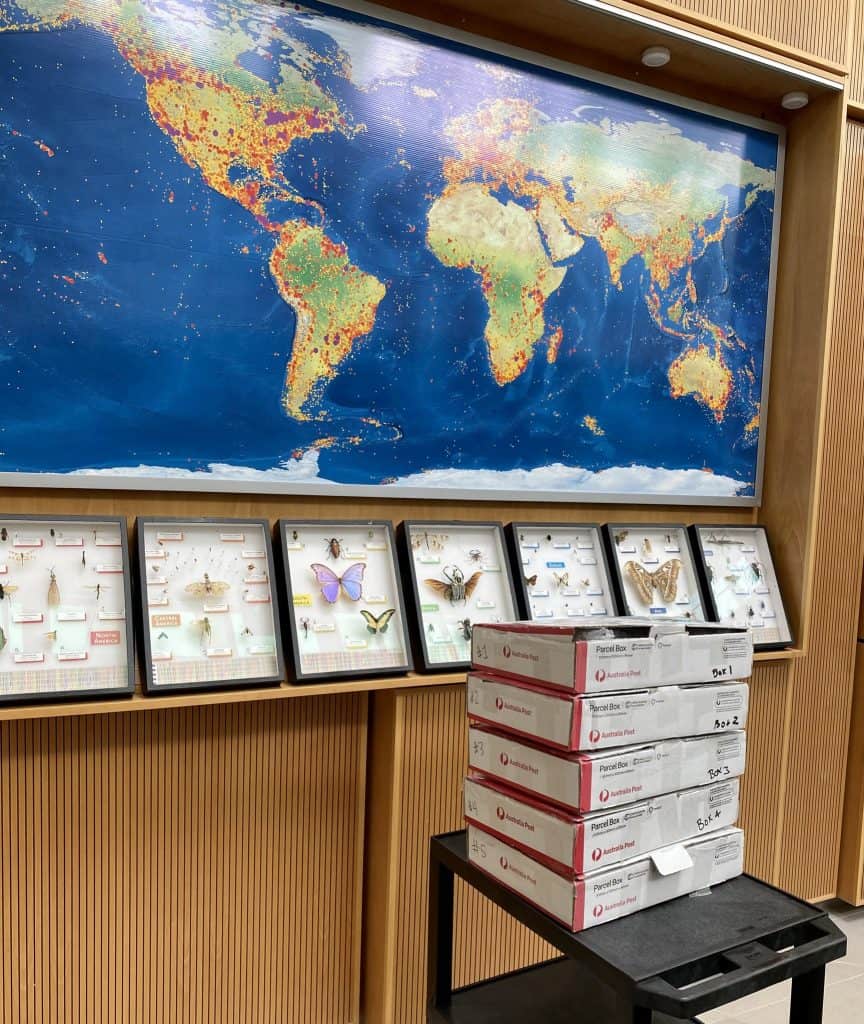
Now they’re being processed by the team in Guelph, which means they’re imaging and databasing every specimen. This is really important because we want to be able track exactly which insect, from which week, from which school matches up with each sequence!
At the Centre for Biodiversity Genomics, they use a fancy robotics system to image each specimen in a grid, which is what you can see in these photos.
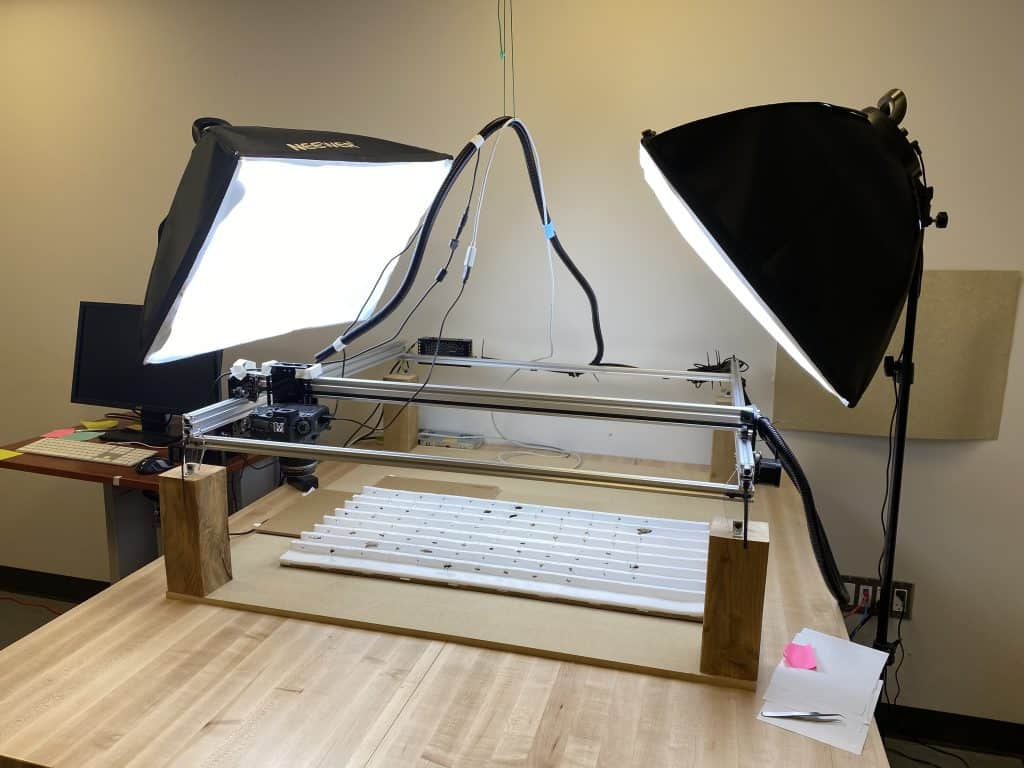
The camera on this robot picks up all of the tiny details that will help us identify the specimens later. These differences in hairs, the angle of veins and the texture of an insect are often critical details that are used to tell different species apart.
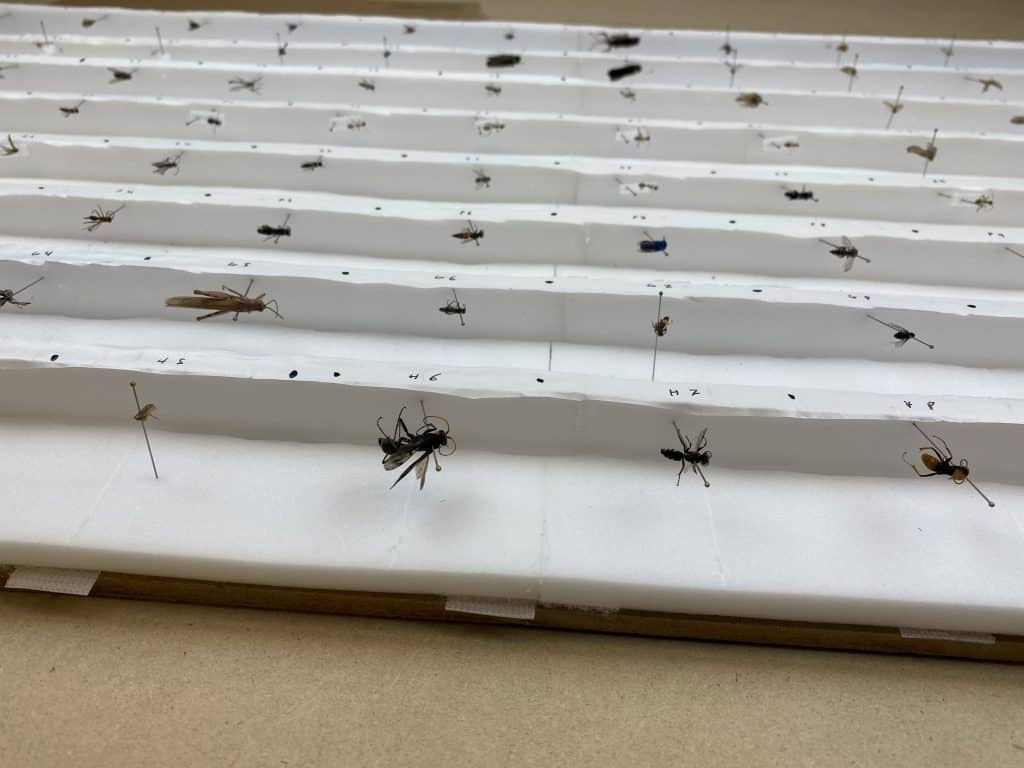
The images are then checked to make sure each that each one clear, and that the insect or other invertebrate in it is identifiable from the photograph.
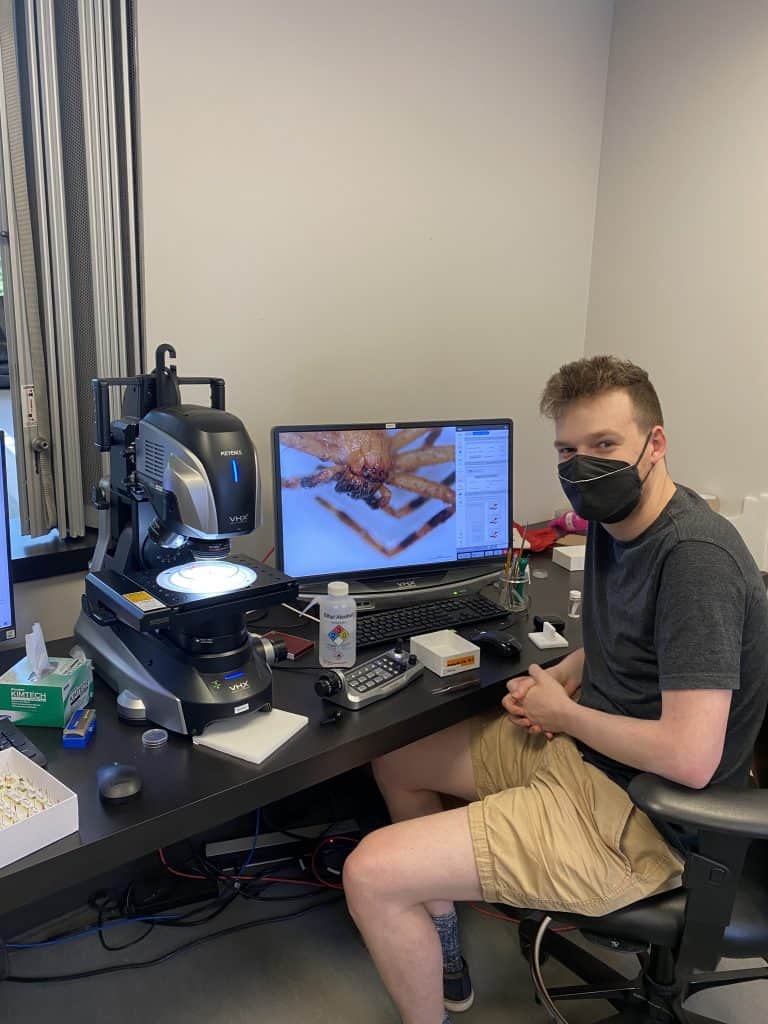
The next step will be to sequence the specimens! This means taking a little piece of each insect and turning it into DNA that we can read! Reading this DNA, and comparing the little differences between different insects DNA can really help us understand how closely different species are related, and who they’re related to the most!

A fragment that is as small as possible is taken from each insect for DNA sequencing, this is often a leg for bigger things like bees and wasps. This is so we can preserve as much of the whole insect as possible for taxonomists to look at later.
Some insects are just too small however and to get enough DNA, we need to extract it from the whole specimen! These insects are put in little wells in plastic trays and photographed like that. This is what happens to all of the tiny wasps and flies that are almost too small to see.
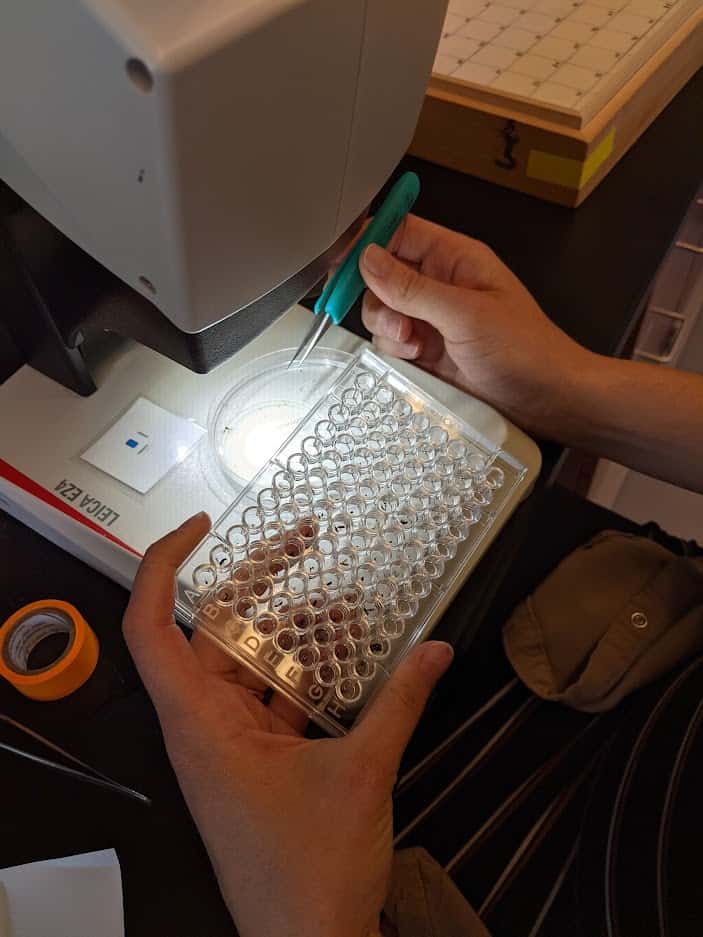
We can’t wait to get the sequences back because it will mean we’re one step closer to gaining a greater understanding of the insects in your backyards!